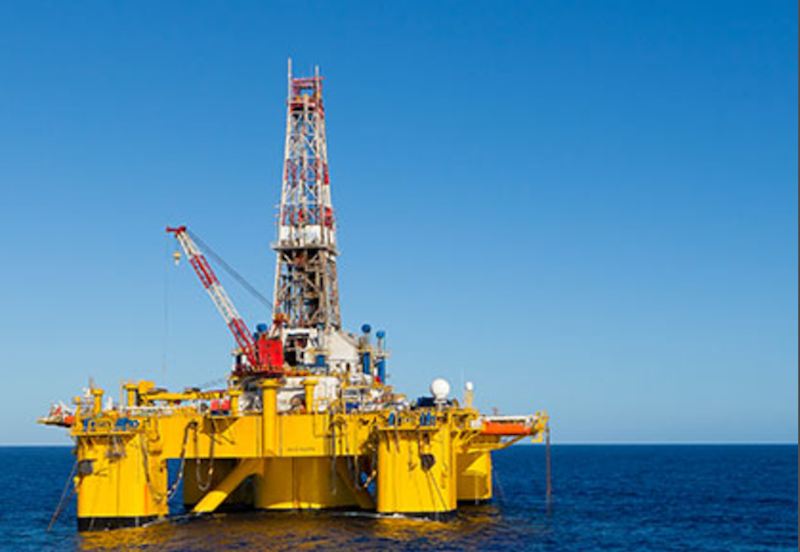For those waiting for offshore activity to improve, the wait may have been extended by Hurricane Irma. It has to do with petroleum demand and what that means for oil prices, which is what drives the energy business.
Several weeks ago we were all focused on Hurricane Harvey as it targeted the Texas Gulf Coast, the heart of the nation’s oil production and refining industry. While the hurricane’s wind impact centered on Corpus Christi, the rain-related event blasted the Houston-Port Arthur-Baytown region, forcing the closure of 31% of the nation’s refining capacity, along with a significant share of the U.S. petrochemical industry. The Houston flooding disrupted the economic life of the region, and ultimately that of the nation. The extent of the disruption became clear last week when the Energy Department released its data on petroleum inventories, production, consumption and imports. Crude oil inventories rose by 4.6 million bbls. as exports were constrained and refineries shut down. Gasoline supplies fell by 3.2 million bbls. as supplies were shipped out and none arrived to replace it. aDaily gasoline consumption fell by nearly 700,000 bbls. and jet fuel declined by 400,000 bbls. a day. Falling supplies have resulted in a jump in gasoline prices of more than 35-cents a gallon.
The Gulf Coast recovery is underway and petroleum supply is slowly increasing. Gulf Coast energy demand is also increasing. But along came Irma, blasting Florida, whose economy accounts for 5% of the nation’s gross domestic product. With a GDP of $926.8 billion, it's the nation’s fourth largest economy. Were it a nation, Florida would be the 16th largest economy in the world. Tourism is a significant component of Florida’s economy. Thus, fuel use — driving and flying — will be hurt. At present, it's unknown how long or by how much the state’s economy and its tourism sector will be affected, but energy consumption will be down in the near-term.
This is all bad news for energy, just as signs of some offshore improvement were emerging. According to Jeremy D. Thigpen, president and CEO of Transocean Inc., a large global offshore driller, several deepwater Gulf of Mexico projects have now achieved comparable well breakeven prices to those of onshore wells. This is important because, Thigpen said, long-term “land cannot compete with offshore in the area of reserve replacement” due to their higher output and lower production decline rates. The long-term importance of offshore oil has not been forgotten by major oil companies, but right now they are intent on preserving dividends, which results in a focus on quick onshore cash-on-cash return projects.
Petroleum consumption will rebound once hurricane recoveries are fully underway. Lower petroleum prices due to expanded supplies will help.
Producer efforts to bring offshore field development costs in line with those of onshore wells is the best news for the industry. As the offshore advantage of greater output and slower declines from wells become clearer, producers will begin adjusting their activity planning for 2018 and beyond. We don’t know how quickly that shift will happen, but it will come. This can’t come soon enough for the offshore industry.





